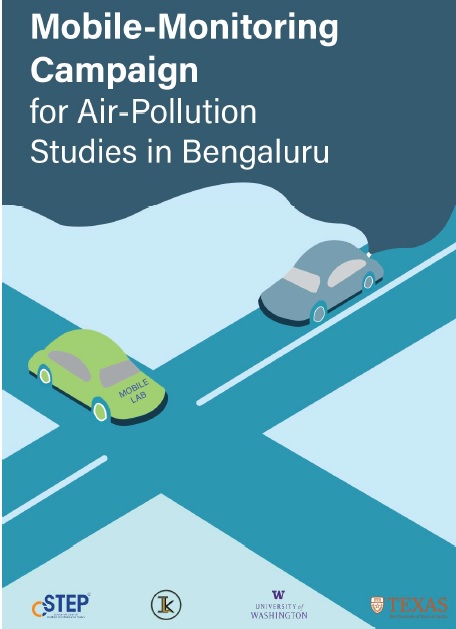Stationary air-quality monitoring is a common component of understanding air-pollution; however, monitoring at one location fails to capture local variations in pollutant concentrations. In locations where emissions and concentrations exhibit fine-scale spatial variability, including in urban environments in India, characterising spatial variability can be helpful for understanding sources and potential solutions for air pollution. 'Mobile monitors', that is, sensors installed on a mobile platform, have been used as a new approach across the world, by cities and governments to complement their existing stationary monitoring networks. This report summarises the outcomes of an 11-month-long mobile-monitoring project with a goal to produce a high-resolution pollution map of select parts of Bengaluru. The aim of this project was also to study the contrast in urban areas and examine if these contrasts are reflected in measured pollutant concentrations. The data thus collected will help in building and validating predictive models in the future.

(* Meenakshi Kushwaha (ILK Labs) is the other author of this report.)
